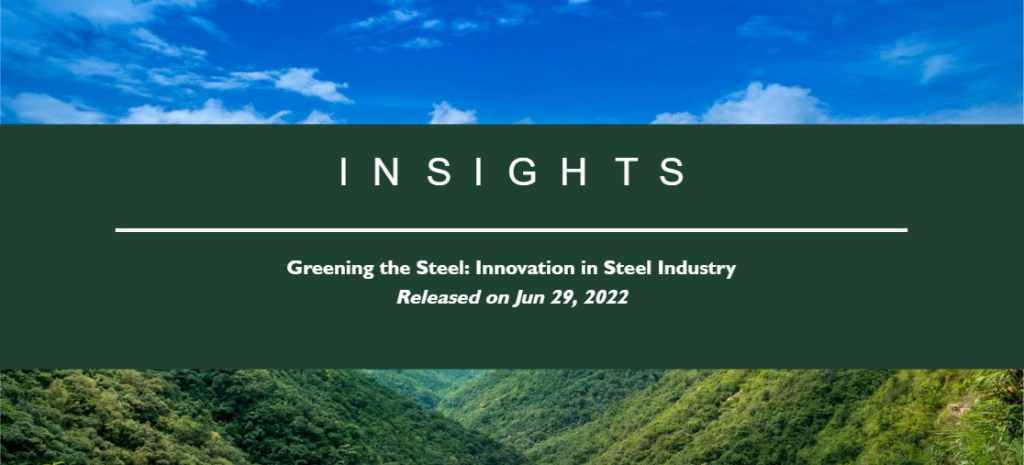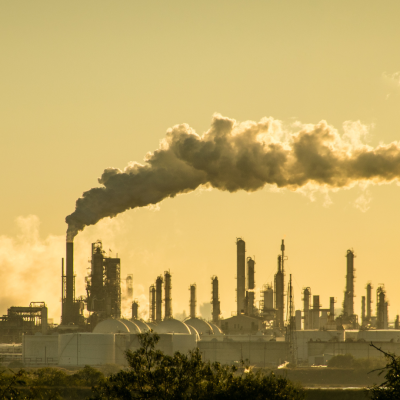Steel is an essential commodity for society given its properties such as recyclability, durability and versatility. However, a heated debate is ongoing on the role of steel in the transition to a low-carbon economy. Steel-making is highly carbon-intensive and accounts for 9% of direct emissions, higher than the combined levels emitted by the automobile and aviation industries. Despite continued efforts to increase recycling, current steel production emits more CO2 than required to meet the Paris Agreement.
The steel industry has been making considerable efforts to innovate and improve its environmental performance. Over the past 30 years, energy consumption per ton of steel has come down to 50% of previous levels. But with current methodologies, further reduction in carbon emission is a difficult task. Thus, several steel producers worldwide have pledged net-zero emissions, aiming to neutralise their emissions by 2050, either by investing in low-carbon steel production technologies or by procuring carbon credits. One of the innovations in this regard has been green steel, in which metal is produced without releasing carbon. Apart from minimising emissions, this process produces clean by-products: water, hydrogen and/or oxygen, etc.
Two prominent low-carbon technologies in steel production – hydrogen-based direct reduction (HDR) and molten oxide electrolysis (MOE) – are being considered worldwide. HDR uses hydrogen instead of coal as a reagent to reduce iron ore to pig iron, eliminating CO2 emissions from the equivalent process in a traditional blast furnace. Use of molten oxide electrolysis eliminates the usage of coke ovens and blast furnaces. In this process, iron ore is converted to a liquid electrolyte solution at 1,600ºC before an electrical current is passed through the solution, reducing iron ore to liquid in an endothermic reaction.
Multiple policy initiatives supporting green steel have been rolled out across major economies in the last decade; few are described in the table below.

Both HDR and MOE use electricity instead of coking coal as the main energy input. The cost drivers need to be assessed, especially in the energy markets, before adopting such technologies to produce steel on a large scale. Since these technologies have a 20-30% higher cost than traditional technologies, governments must support the commercialisation of such technologies through schemes and incentives, reducing uncertainties among investors. Simultaneously, market and policy interventions (e.g., import tariffs to protect the local market) are required to support such technologies and reach the net-zero goal by 2050.
Technological innovation is vital to address environmental challenges. Incentivising innovations in steel and developing an appropriate and implementable policy framework are necessary to ensure technologies that address the pressing environmental challenge gain traction and are adopted across the industry. While major steel companies have already started investing in R&D and a portfolio of projects to fuel the energy transition in the steel sector, a series of interventions from each stakeholder in the steel value chain are required to accelerate technology deployment. Given continued efforts from various countries, it is not far when green steel becomes a proven resource and represents an age-defining development in the steel sector.














